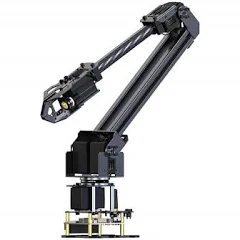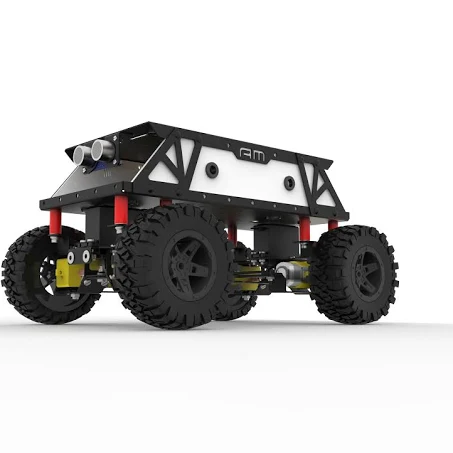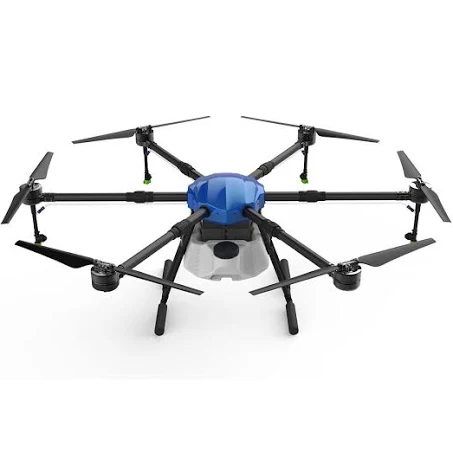Description
Building a self-driving toy car involves integrating various components to enable autonomous navigation and control. Here are key features and considerations for creating or choosing a self-driving toy car:
Key Features to Consider:
- Chassis and Mobility:
- Sturdy Chassis: Durable base for mounting components and withstanding movement.
- Wheels: Selection of wheels suitable for smooth movement on various surfaces.
- Sensors:
- Camera: Vision-based systems for detecting and interpreting visual information such as road markings, obstacles, and traffic signs.
- Ultrasonic Sensors: Detecting obstacles and proximity for collision avoidance.
- Infrared Sensors: Object detection in close range or for line following.
- Control System:
- Microcontroller or Single Board Computer: Processing unit for running algorithms and coordinating sensor inputs and motor control.
- Motor Drivers: Interface between the microcontroller and motors for controlling speed and direction.
- Navigation and Mapping:
- GPS Module: Providing location data and navigation assistance.
- Mapping Algorithms: Software for creating and updating maps, path planning, and localization.
- Power Supply:
- Battery Pack: Providing sufficient power for the car’s components and ensuring adequate run time.
- Voltage Regulators: Stabilizing voltage for different components to prevent damage.
- Communication and Control:
- Wireless Module: Wi-Fi or Bluetooth for remote control and communication with external devices.
- Remote Control Interface: Option for manual control or override.
- Software and Programming:
- Programming Languages: Using Python, C/C++, or graphical programming environments (Scratch, Blockly).
- Algorithm Development: Implementing algorithms for object detection, path planning, and decision-making.
- Safety and Reliability:
- Enclosures and Shields: Protection for sensitive components and safety measures for operational use.
- Emergency Stop Mechanism: Ability to halt operation in emergencies or malfunctions.
Benefits of a Self-Driving Toy Car:
- Educational Value: Learning robotics, programming, and AI principles through hands-on experimentation.
- Entertainment: Enjoyment from watching and interacting with a self-driving toy car.
- Skill Development: Improving problem-solving skills and understanding of complex systems.
Considerations:
- Complexity: Building or programming a self-driving toy car requires technical knowledge and skill.
- Cost: Assessing the budget for components and materials needed for the project.
- Support and Resources: Access to tutorials, guides, and community support for assistance and troubleshooting.
Popular Platforms and Kits:
- Raspberry Pi: Utilizing Raspberry Pi boards with camera modules and motor controllers.
- Arduino: Using Arduino microcontrollers with sensor shields and motor driver modules.
- DIY Kits: Various kits are available from robotics suppliers and educational platforms for building self-driving cars.








Reviews
There are no reviews yet.